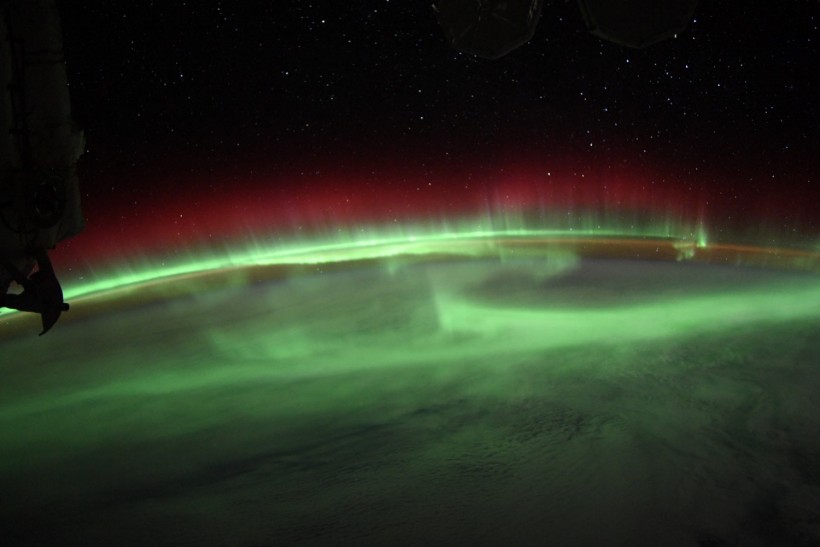NASA astronaut Bob Hines captured one of the most spectacular lights shown from space from the orbiting location, the International Space Station, giving the world significant photos to see. The images that the NASA astronaut provided are a different view of the special lights shown mostly seen in the Northern regions, especially those in the Arctic circle.
Aurora Borealis Spotted by NASA Astronaut from the ISS

(Photo : Bob Hines via Twitter)
NASA Astronaut Bob Hines captured an Aurora Storm in the International Space Station that sets a new perspective for the world to see.
Bob "Farmer" Hines from the Crew-4 mission, currently staying in the International Space Station, is providing the world with many images of how auroras appear in space. It shows how the lights are looming over the planet, with a significant part of it stretching over the location it is available for the public to see from the surface.
Hines said that it is one "absolutely SPECTACULAR" aurora appearance earlier today, something that is not usually seen by the public from a different perspective. The astronaut also regards the solar activities that helped in creating these auroras that appeared on the planet, from space, with their massive luminescent appearance in the recent night sky.
Absolutely SPECTACULAR aurora today!!! Thankful for the recent solar activity resulting in these wonderful sights! pic.twitter.com/aOD45XSWaX
— Bob “Farmer” Hines (@Astro_FarmerBob) August 18, 2022
Seeing the Aurora from a Different Perspective
According to Physics Today, Robert "Bob" Strangeway said that auroras form through the precipitation of energetic particles in the Earth's atmosphere, presenting a new light that appears in space. Hines' photo of the aurora that is available in the sky is a different perspective than what one would see from the surface, with the light show appearing on the horizon for the astronauts in the ISS.
Aurora Borealis and its Significance
One of the world's bucket lists is to see the Aurora Borealis or the famous Northern Lights that appear in the sky and give the world a significant lights show that presents a marvelous experience for all. Studies from NASA focus on understanding more about how auroras form, notably with the THEMIS missions (Time History of Events and Macroscale Interactions during Substorms).
While the public may see it in specific locations on the planet like Sweden, Canada, and in some cases, the United States, astronauts also have a chance to see the lights from space. It may be below them or when turning to their sides focusing on the planet, with some crewmembers having the chance to see it before their return to the planet.
Many theories about how auroras form are still a phenomenon for researchers, and it gives the world different ideas regarding the lights from the skies, with one explanation talking about the ions that collide with the Earth's atmosphere. Still, it is a significant sight to see from space, and while the public has slim chances of viewing this now, astronauts bridge the gap for this new experience.
Related Article: ESO's VLT Captures a Dreamlike Galaxy With Two Supermassive Black Holes At the Center
This article is owned by TechTimes
Written by Isaiah Richard









